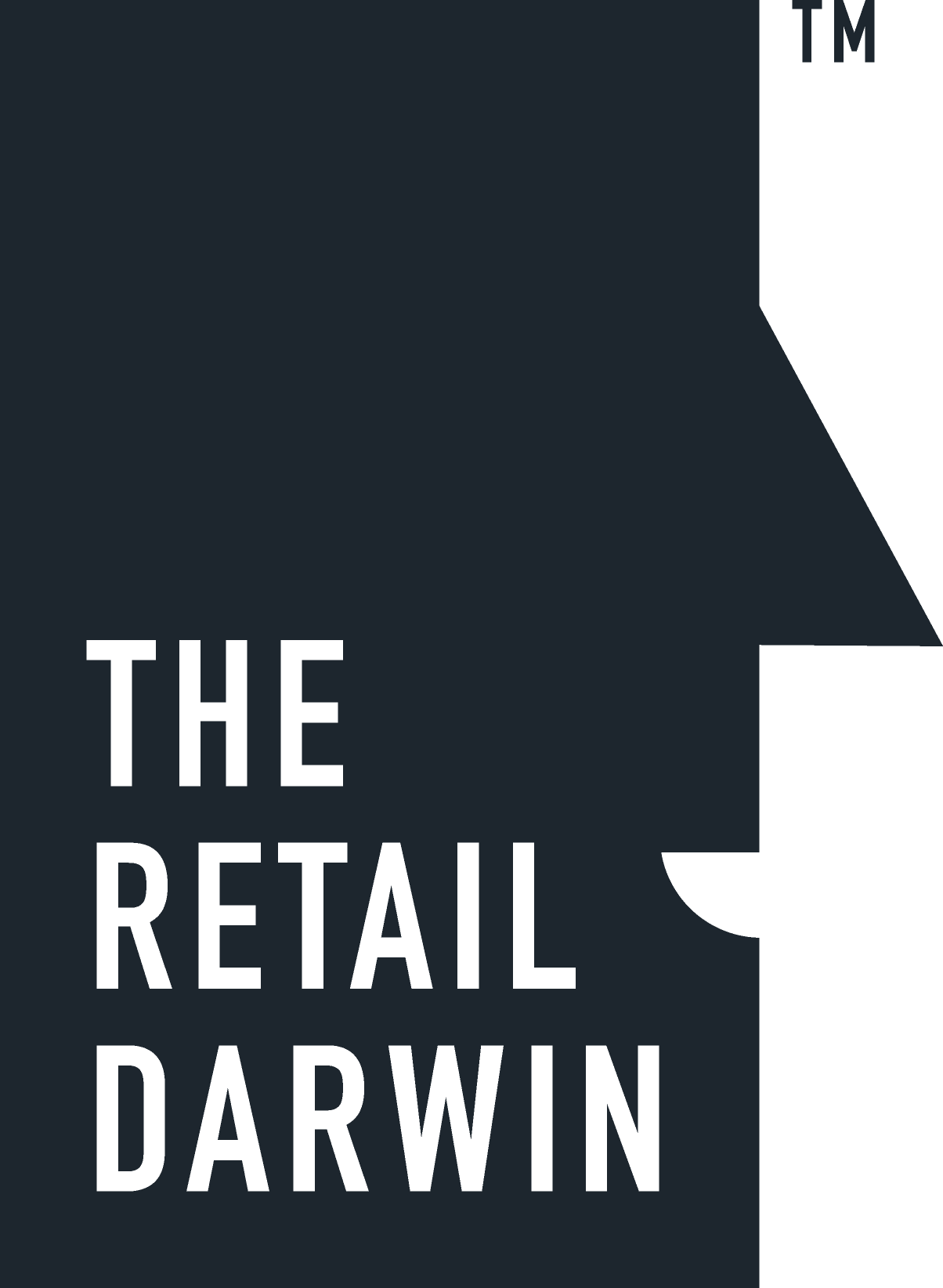Mirror Mirror
The science of the fitting room
The fitting room is an intimate space that lends itself differently to each person. Some might find trying on clothes a daunting, dreadful task before even arriving to a store. Others may grab something off the rack unexpectedly to try it’s fit without thinking twice, and some will see it as an outing to be celebrated. To fit the variation of consumer preferences, brands have the hard task of making the experience modern, comfortable, and one that leads to conversion.
For the past 10 years or so, the solve has largely involved integrating technology into the fitting room. “Smart” mirrors have popped up in stores from Ralph Lauren’s NY flagship to American Eagle. Overhead lighting has been replaced with front lit mirrors, dimming features have been added, and Zara has even tested iPads that help you request alternate sizing. It’s not perfect, and it’s not stopping there. As the race to fine-tune AR try-ons continues in the tech world, the question of how looking in the mirror versus looking at a picture of oneself might shift consumer reactions and behavior.
Virtual try-on technology is aimed at increasing e-commerce sales. But trying on clothing is so much more than what we see in a picture. Texture, mobility, an item’s weight are all unspoken considerations that are part of the fitting room experience. While AR technology certainly paves a much-needed path for inclusivity in fashion’s models and mannequins, it’s also an extra step in the consumer journey. According to a 2021 report from Snapchat and Foresight Factory that looked at technology’s role in the post-COVID shopping experience online and in-store, only 3 in 10 consumers prefer to try on clothing items using AR to trying them on in-store. To early adopters of the technology, this may surprisingly lead to an uptick in brick-and-mortar sales as consumers who aren’t convinced by what they see online venture out to compare.


